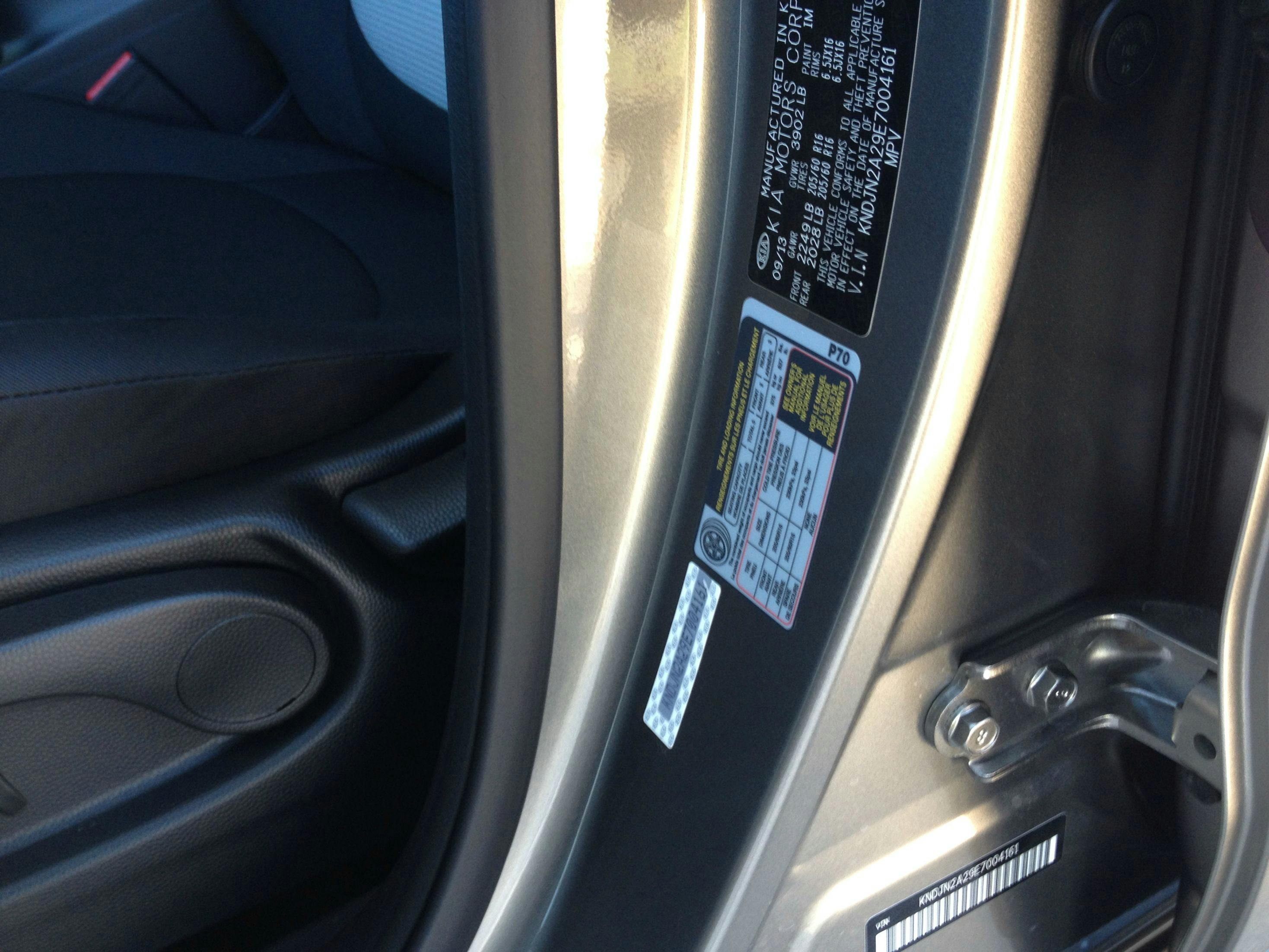This post is sponsored by Kia.
With winter now beginning to bear down upon us, it’s time to check your vehicle to make sure you’re prepared for the colder weather.
Most modern vehicles, like the Kia Soul featured below, are made to handle the changes in temperature easily, but there are still a number of simple maintenance procedures that you should do every year to make ensure that your car is optimized for winter—and that you don’t get left out in the cold!
Being prepared for winter weather not only will keep you safe on the road, but it’ll also save you money and potential problems with wear that can happen in harsher months. With just a few simple tasks, every driver can keep their car running well through winter.
To help, we’ve laid out some basics of winterizing your car in a handy step-by-step GIF guide to help keep you safely, and warmly, on the road.
Optimize your tires for winter conditions
Although you’ll probably only need tire chains in severe conditions, and even if you don’t want to replace your regular tires with snow tires, you should still check to make sure that your tires are well inflated and have good tread before winter weather hits.
Cold weather will cause your air pressure to drop about 1 psi (pounds per square-inch) for every 10 degrees of lower temperature. You’ll want to make sure that your tires are optimally inflated to keep the rubber on the road.
To start, check and see what the recommended psi is for you vehicle tires. You can usually find this information on the inside of the drivers’ side door.
Once you’ve determined the ideal pressure, check your tires. You’ll need an inexpensive tire gauge to take the reading. Unscrew the nozzle on tire and insert the gauge so that it is secure and you don’t hear any air leaking. The reading only takes a couple of seconds.

While you are checking the pressure, be sure to also make sure that the tread on your tires is also healthy.
Check your battery, oil, and engine
A dead battery in the middle of winter can leave you stranded in the cold. It’s always a good idea to have a technician look over your engine before the cold weather sets in. You might consider changing your oil to a lower viscosity. Colder temperatures will cause your engine oil to thicken, so a thinner oil might be required in winter.
You should have a technician run a battery load test. The cold takes its toll on a battery’s effectiveness, depleting its capacity, so make sure it is fully charged. While under the hood, you should also check and clean off your battery for any corrosion around the connections. You’ll also want to look over your belts and hoses in the engine to make sure they are in good shape, with no fraying or loose connections.

Check your coolant and antifreeze levels
Making sure your car’s coolant is full and working properly is essential for winter preparedness. Your coolant should have a 50/50 mix of antifreeze and water, which can be bought pre-mixed.
First, check your current coolant level. You’ll want the level to be solidly between the “Empty” and “Full” levels, which is visible marked on the coolant reservoir.
Next, you’ll want to check to make sure that your mixture is optimized for cold temperatures. You’ll need an inexpensive antifreeze tester such as the one below. Make sure your engine is cooled down, and locate and remove the cap on your radiator. You’ll need to push down and twist counter-clockwise, as if opening a medicine bottle.

With your antifreeze tester, squeeze the bulb and insert the tube into the radiator reservoir. Draw the liquid up by slowly releasing the bulb until the antifreeze has reached the fill mark at the top.

Tap out any bulbers in the liquid, and the marker in the tester will read the maximum low temperature that the your antifreeze mixture is prepared to handle. When you’re done, squeeze the liquid back into the reservoir and replace the radiator cap securely.

Change your windshield wiper blades
Winter roads can kick up a lot of dirt and slush that can blanket your windshield. Changing your windshield wiper blades is one of simplest ways to prepare to meet the the sludge and salt of the season battering your car.
Replacing your wiper blades can seem daunting, but it’s really a snap. First, pull the blade up and flip it so it is facing backwards. Then find and push down the small lever on the back where the blade meets the rod. With the lever depressed, you can easily slide the blade down to unhook it from the rod.

Once you’ve removed the old blade, slide the new one onto the rod, and pull into place on the hook. When the lever snaps into place, you’re all set.

Prepare a winter emergency kit
Perhaps the most important thing you can do to prepare for your car for winter is to put together a good emergency kit to have on hand. You can get everything you need fairly inexpensively at any autoparts or large department store, such as jumper cables, a first aid kit, and road flares. You’ll also want to make sure to have a backup pair of gloves and winter clothing just in case you get stranded, as well winter-specific tools like a good ice scraper for your windows and maybe even rock-salt and a small shovel—just in case the snow catches you by surprise.
With these easy tasks, you can be all set for taking on the winter roads with confidence.
But as always, drive safely!
Special thanks to Capitol Kia in Austin, Texas, for their assistance.




